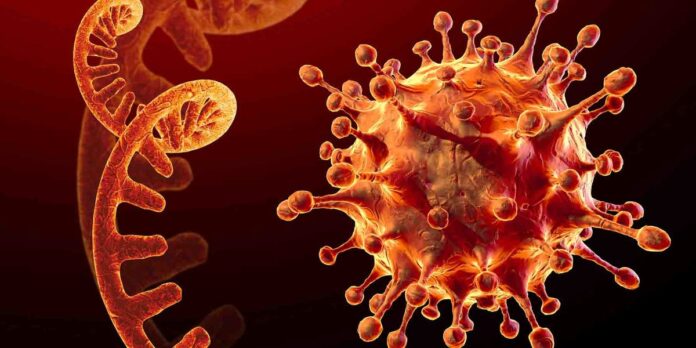Fungi that grow on or in the skin can cause fungal infections, which are frequent skin disorders. A variety of skin illnesses, both minor and severe, can be brought on by fungi, which are organisms that flourish in warm, wet settings. The various kinds of fungi infections, their signs and symptoms, and treatments will all be covered in this essay.
Athlete’s foot, ringworm, jock itch, and yeast infections are just a few examples of the various fungus illnesses. The skin between the toes can become infected with a fungus called athlete’s foot, which results in scaling, burning, and itching. Ringworm is a circular rash with raised, scaly edges that can affect the skin, scalp, or nails. A fungal infection called jock itch affects the groyne region and results in redness, itching, and a burning feeling. Candida, a type of fungus that naturally exists in the body, overgrows and leads to yeast infections, which can affect the mouth, throat, and genitalia among other body regions.
The symptoms of fungal infections vary depending on the type of infection and the area of the body affected. Common symptoms include itching, redness, scaling, and a burning sensation. In some cases, the affected area may be swollen, and blisters or pus-filled bumps may develop. Fungal infections can also cause hair loss or nail deformities.
Treatment for fungal infections depends on the severity and location of the infection. Mild cases of fungal infections can be treated with over-the-counter antifungal creams, powders, or sprays. These medications contain antifungal agents that kill the fungi and prevent further growth. In severe cases, prescription-strength antifungal medications may be required, such as oral antifungal medications, topical prescription creams, or shampoos.
Prevention is the best way to avoid fungal infections. It is important to keep the skin clean and dry, wear clean and dry clothes, and avoid sharing personal items such as towels and shoes. Wearing breathable shoes and socks can also help to prevent athlete’s foot and other fungal infections.
In conclusion, fungal infections are common skin conditions caused by fungi that grow on or within the skin. The symptoms of fungal infections include itching, redness, scaling, and a burning sensation. Treatment for fungal infections depends on the severity and location of the infection and can range from over-the-counter antifungal creams to prescription-strength antifungal medications. Prevention is the best way to avoid fungal infections, and it is important to maintain good hygiene and avoid sharing personal items. If you suspect you have a fungal infection, it is important to seek medical attention to prevent the infection from worsening.


































